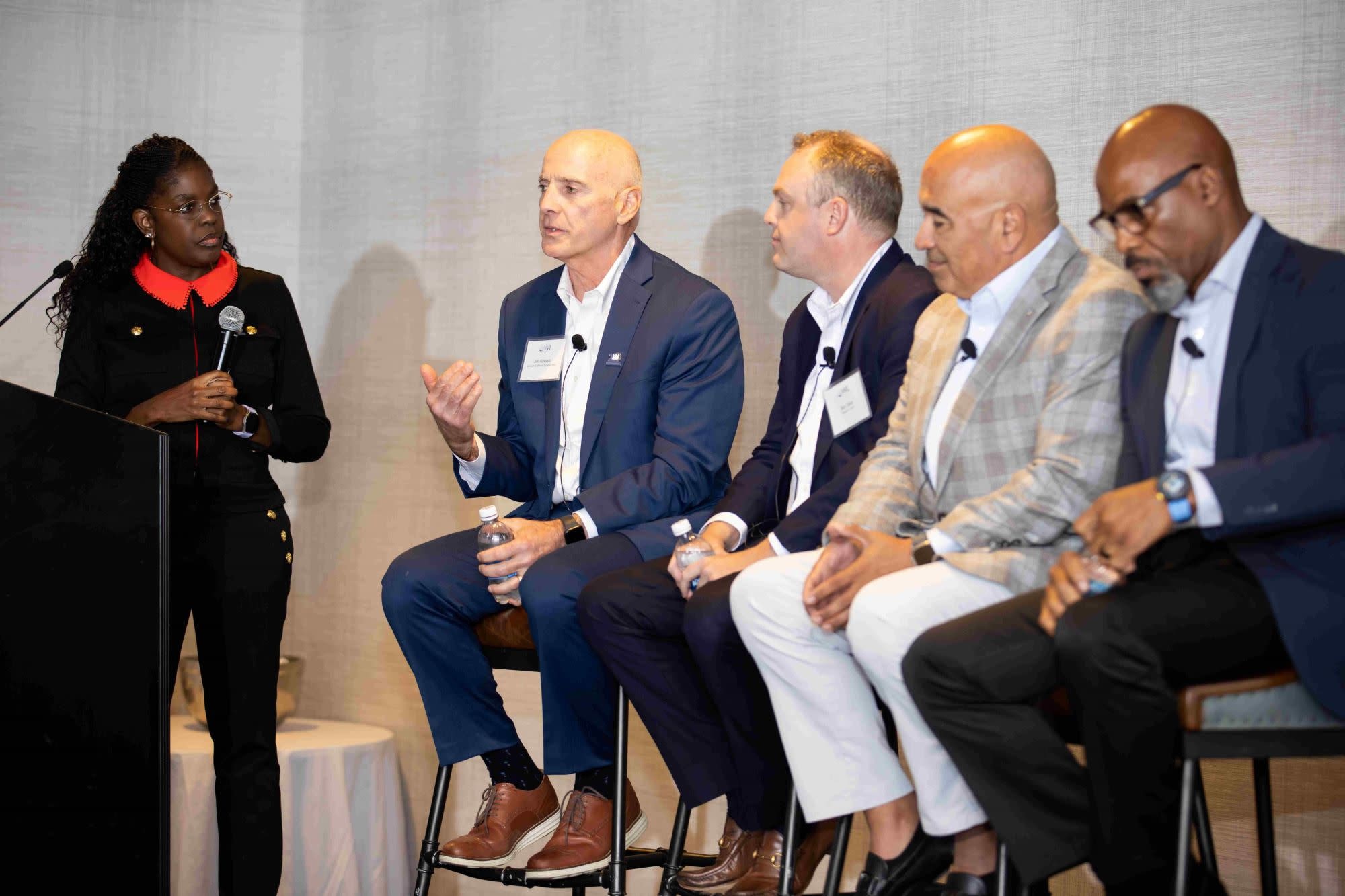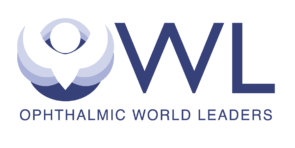Ophthalmic World Leaders

5 Soft Skills You Need to Thrive in an AI‑Powered Eyecare Practice
Human connection is the competitive edge algorithms can’t replicate in modern eyecare.
Artificial intelligence is no longer coming. It’s here.
From diagnostic algorithms that flag subtle retinal changes to automated workflows that slash paperwork, the technology is reshaping how eyecare is delivered.
However, despite these advances, AI can’t …
- Offer a reassuring handshake.
- Hear and respond to the worry in a patient’s voice.
- Team up with colleagues to deliver truly personalized care.
To bridge these gaps, eyecare professionals must draw on what we call “soft skills.”
First, let’s clarify what we mean by soft skills in today’s AI‑driven era. These are the non‑technical abilities that shape how we relate to others. They typically include empathy, clear communication, active listening, adaptability, teamwork, and stress management.
Such skills transform technical expertise into a better overall experience for both patients and care teams.
Why Patients Actually Care About Soft Skills
It turns out patients care just as much about how they’re treated as what treatments they’re offered. Communication training for physicians has been linked to measurable gains in patient satisfaction.
With that in mind, here are five soft skills each paired with practical improvement tips that will not only help you build stronger relationships with your patients but also boost your career as AI continues to change eyecare.
1. Empathy & Emotional Intelligence
The ability to recognize and respond to patients’ emotions, building trust and a sense of comfort.
Set an intention. Before each patient, take a deep breath and remind yourself to “be fully present.”
Ask open questions. Try “How are you feeling about today’s exam?” and really listen to their answer.
Reflect back. After they speak, say, “It sounds like you’re worried about…” to show you get it.
2. Clear Patient Communication
Translating clinical findings into simple, patient‑friendly language so everyone understands their care plan.
Use teach‑back. Ask patients to repeat instructions in their own words so you know they understand.
3. Active Listening & Observation
Fully focusing on patients and noticing both verbal and nonverbal cues to uncover concerns and tailor treatment.
Embrace silence. After asking a question, pause. Patients often share more when given time.
Summarize often. Every few minutes, say, “So what I’m hearing is…” to confirm you’re on the same page.
Limit distractions. Jot keywords in shorthand, then finish charting later so you stay focused on the person.
4. Adaptability & Continuous Learning
Embracing new technologies and updating workflows through ongoing education to stay at the forefront of eyecare.
Set aside a 10‑minute slot each week for professional development. OWL members can tap into our on‑demand webinars, magazines, and resource library to keep soft skills top of mind in an ever‑evolving eyecare landscape.
Pilot small changes. Try one new workflow tweak for a week, then tweak based on what worked (or didn’t).
5. Resilience & Stress Management
Using strategies to maintain mental well‑being and composure under pressure, ensuring consistent, high‑quality care.
Two‑minute reset. Between patients, step aside, close your eyes, and take five slow breaths.
Set clear boundaries. Decide on a “no‑charting” cutoff and protect your evenings so you can recharge.
Buddy up. Network at one of our events and pair with a colleague for a quick “How’s it going?” check‑in to catch early burnout signs.
As you sharpen these five soft skills, you’ll not only elevate patient care but also future‑proof your career in an AI‑augmented eyecare world.
